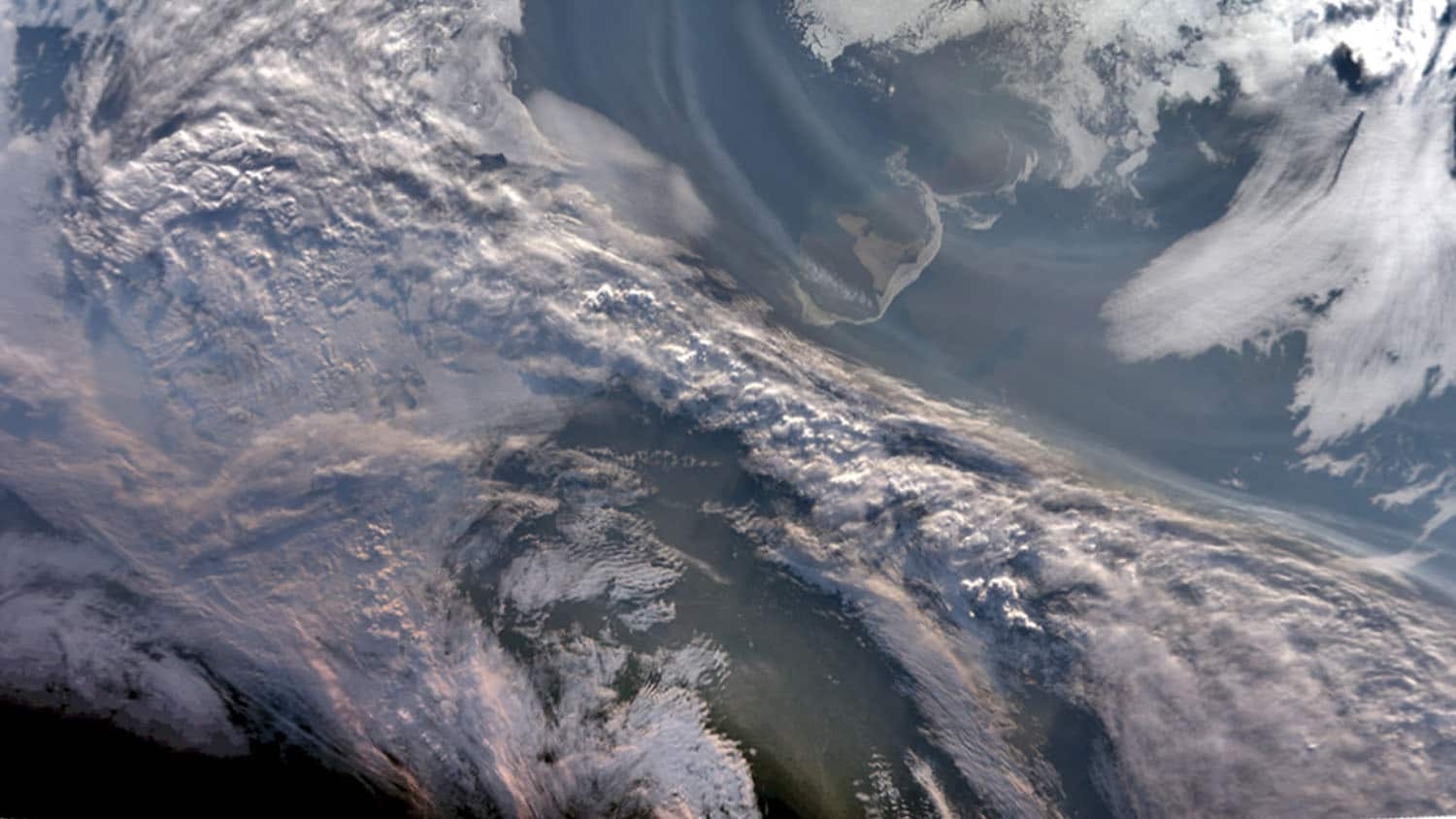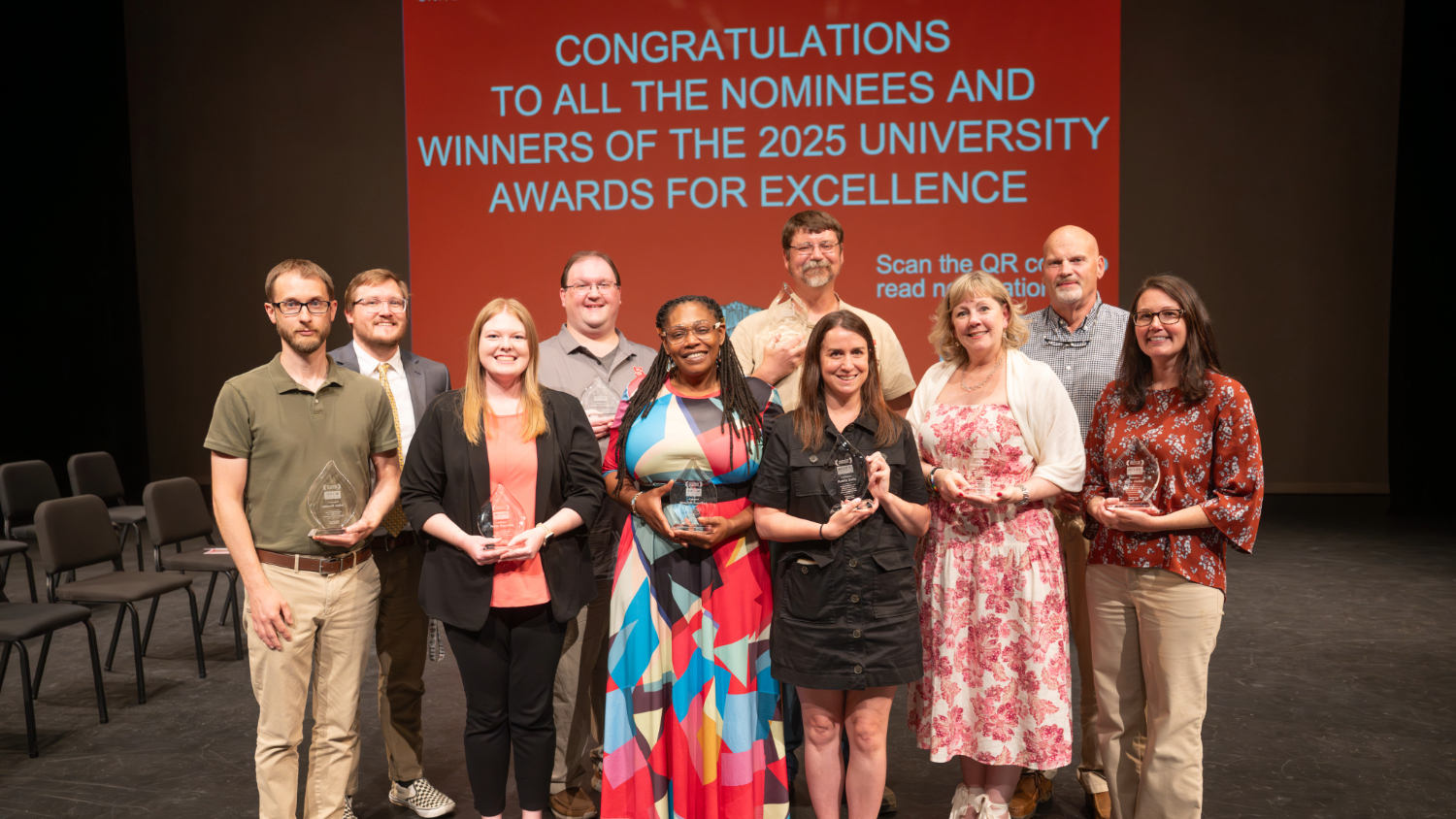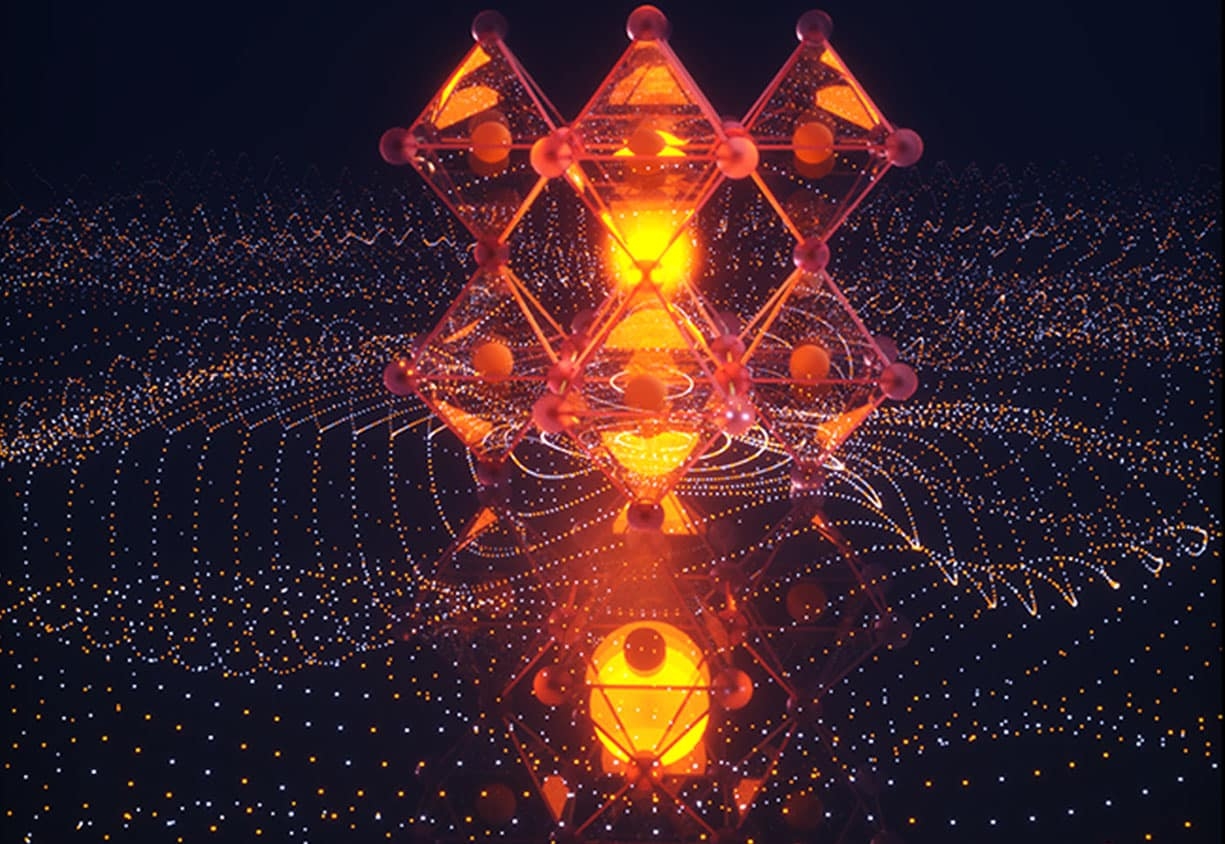Breakthrough Research on the Elusive Neutrino
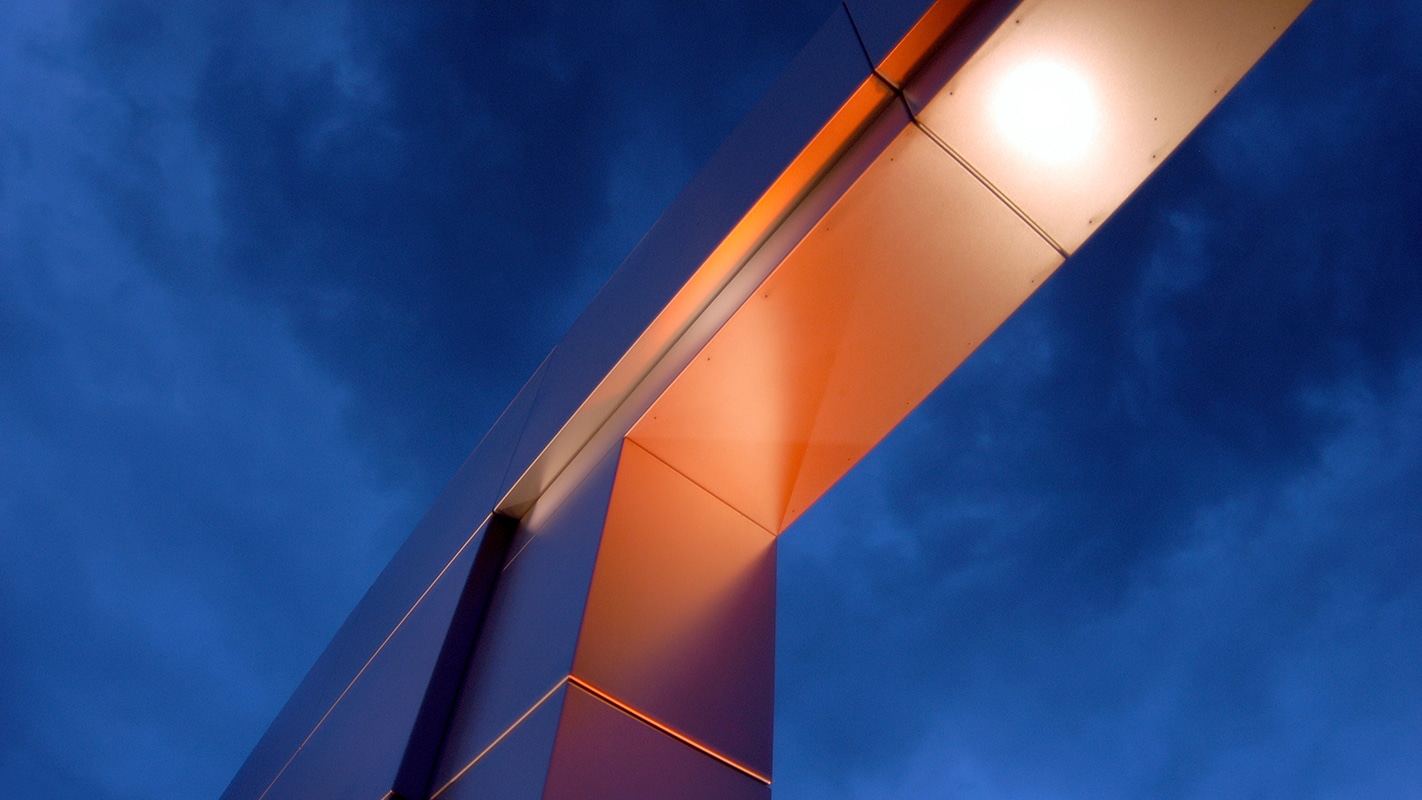
Part of the 2016 Breakthrough Prize in Fundamental Physics, the richest award in the field, was awarded to Atsuto Suzuki and the KamLAND Collaboration, a collection of 93 scientists from around the world who were working to detect and study the elusive neutrino. NC State physicists Chris Gould, Albert Young and Diane Markoff, with graduate student Jason Messimore and researcher Ryan Rohm, were part of the KamLAND team. NC State’s research blog, The Abstract, asked Gould to answer five questions about neutrinos and the collaboration. His responses follow.
The Abstract: What is a neutrino, and why is it important?
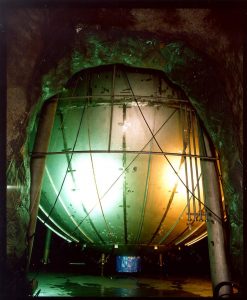
Gould: It’s the most common particle in the universe, essential for forming galaxies and responsible for driving the supernova explosions that disperse “star dust,” the elements we are all made of. Here on Earth you can use them to monitor nuclear reactors from afar, and probe deep inside the earth to understand what is down there, hundreds of miles below the surface. And yet we still don’t know their precise mass, or even if we’ve got it right that there are only three different kinds of neutrino.
The Abstract: The group you were involved in won a prize for “the fundamental discovery and exploration of neutrino oscillations, revealing a new frontier beyond, and possibly far beyond, the standard model of particle physics.” What is so special about this particle that its characteristics could change what we know about physics?
Gould: Neutrinos are extremely hard to detect. Sixty billion from the sun go through your thumb every second. We used a thousand tons of mineral oil to catch just a few a day from Japanese nuclear reactors a hundred miles away. We showed that neutrinos (to be precise anti-neutrinos) change their form as they travel, and must therefore have a non-zero, albeit tiny, mass.
The Abstract: What was your (and your colleagues’) contribution to the work?
Gould: The Triangle Universities Nuclear Laboratory group (NC State, Duke, UNC) designed and installed the outer veto detector. It was made of three thousand tons of water, with 200 20-inch photomultipliers to catch the light flashes from cosmic rays coming through every few seconds even though we were a kilometer underground.
The Abstract: What were the biggest challenges in doing the work?
Gould: Working deep underground in a mine is challenging. We were climbing around on 60-foot scaffolding stringing cables and hanging Tyvek (to reflect the light). And then we worried about failures of the photo tubes that were deep in the water. Traveling to Japan winter and summer was sometimes a challenge too – our graduate student got stuck in a traffic jam when the roads around Tokyo were closed for a U.S. President’s visit and slept the night in the airport. But it all worked out. Hats off to our collaborators, especially our pioneering Japanese colleagues who believed this experiment could work and convinced their government to fund construction of this one-of-a-kind detector.
The Abstract: What are the next steps?
Gould: There’s so much still to be learned about neutrinos. Are they their own anti-particle? What exactly are their masses – all we know right now is that they are very light. Are there really only three kinds? And are they responsible for the fact that the universe seems to consist only of matter – all the anti-matter disappeared long, long ago. Many exciting new experiments are on the horizon – this time in the U.S. – and NC State and TUNL faculty are involved with many of them.
(Original story at NC State News)
